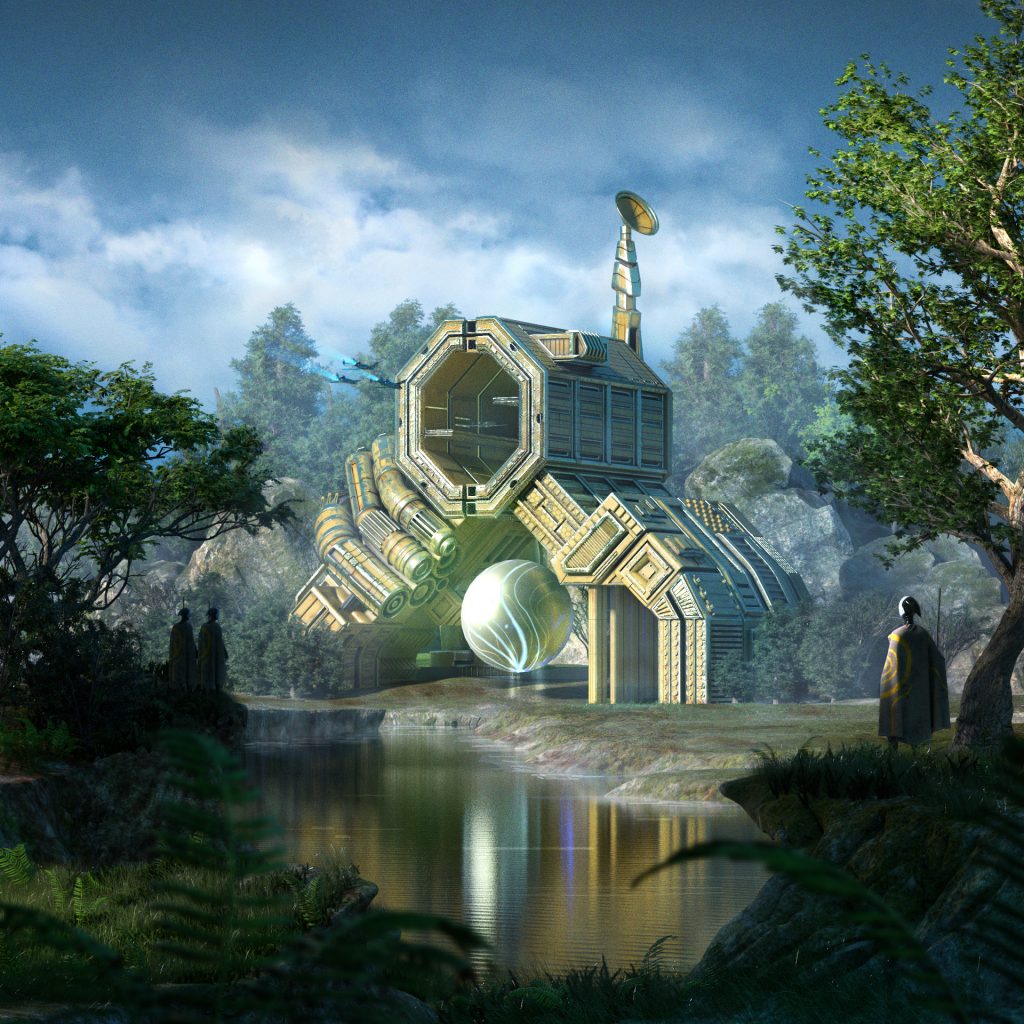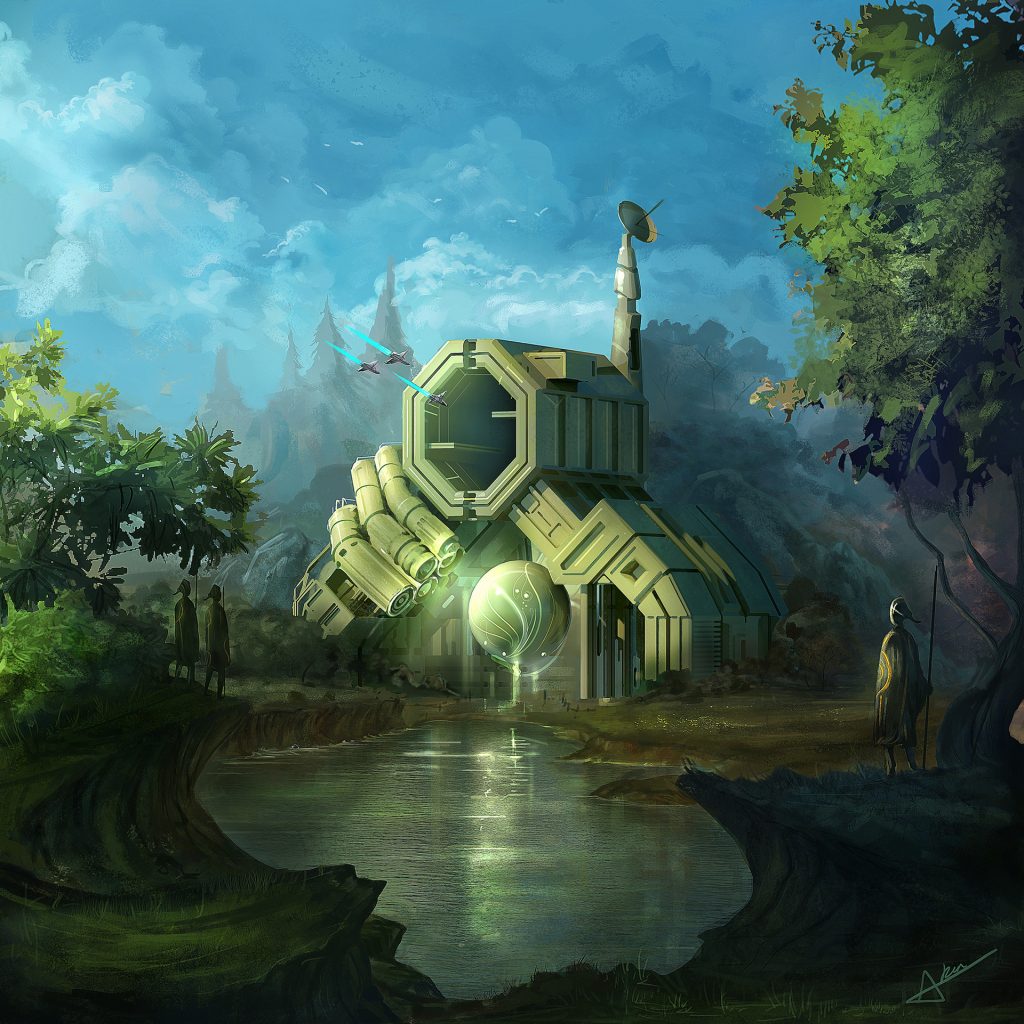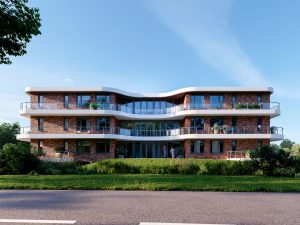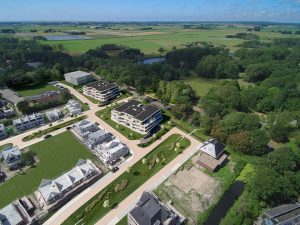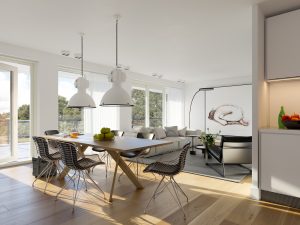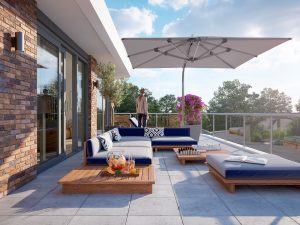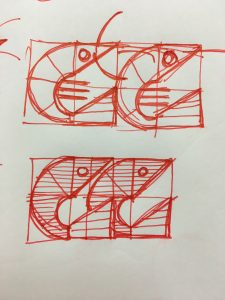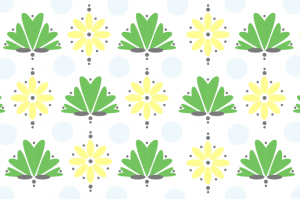function setup() {
createCanvas(475, 450);
background(244, 174, 163);
noLoop();
}
function draw() {
//White Vertical Lines
for (var lx = 10; lx <= 470; lx += 45) {
stroke(255)
strokeWeight(3);
line(lx, 0, lx, 480);
}
//White Vertical Lines
//White Circles (Odd Horizontal Lines)
for(var ssx = 0; ssx < 480; ssx += 90){
for(var ssy = 0; ssy < 550; ssy += 180){
stroke(255);
strokeWeight(2);
fill(244, 174, 163);
ellipse(ssx+55, ssy+40, 50, 50);
}
}
//White Circles (Odd Horizontal Lines)
//White Circles (Even Horizontal Lines)
for(var ssx = 0; ssx < 480; ssx += 90){
for(var ssy = 0; ssy < 550; ssy += 180){
stroke(255);
strokeWeight(2);
fill(244, 174, 163);
ellipse(ssx+10, ssy+130, 50, 50);
}
}
//White Circles (Even Horizontal Lines)
//Onion Character (Odd Horizontal Lines)
for(var onionx = 0; onionx < 450; onionx += 180){
for(var oniony = 0; oniony <550; oniony += 180){
fill(255);
noStroke();
ellipse(onionx+55, oniony+50, 30, 30);
for(var leafx = 0; leafx < 540; leafx += 180){
for(var leafy = 0; leafy < 540; leafy += 180){
fill(170, 235, 176);
ellipse(leafx+65, leafy+35, 20, 10);
ellipse(leafx+45, leafy+35, 20, 10);
}
}
}
}
//Onion Character (Odd Horizontal Lines)
//Lone Sprout (Odd Horizontal Lines)
for(var sproutx = 0; sproutx < 540; sproutx += 90){
for(var sprouty = 0; sprouty < 360; sprouty += 180){
fill(170, 235, 176);
ellipse(sproutx, sprouty+105, 20, 10);
ellipse(sproutx+20, sprouty+105, 20, 10);
}
}
//Lone Sprout (Odd Horizontal Lines)
}
I wanted to incorporate something I’ve been using in my past assignments, which is this white circle with a sprout coming out of the top of its head because I really enjoy drawing that character. I also wanted to make a repetitive pattern in the background so I was playing around with different patterns for a while until I realized that maybe I should keep it consistent with the circluar head of the character and make a background with circles and lines.

![[OLD FALL 2017] 15-104 • Introduction to Computing for Creative Practice](../../../../wp-content/uploads/2020/08/stop-banner.png)
